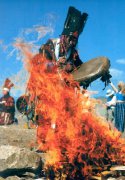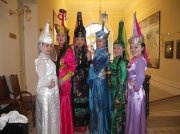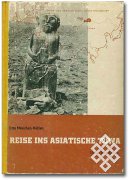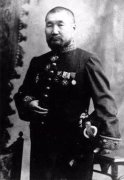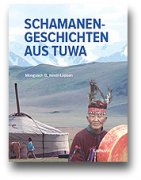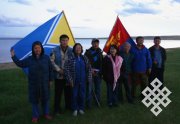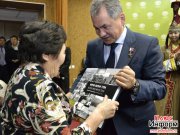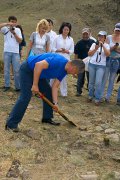 Anokhin's National Museum, where the mummy of the famous "Altai princess" is kept, will open in 2012 in Gorno-Altaisk after complete reconstruction, as the Minister of Culture of the region, Vladimir Konchev, informed RIA Novosti. The mummy of a woman was discovered by the expedition of Novosibirsk archeologist Natalia Polosmak in 1993 in a kurgan of Scythian era on Ukok plateau in Altai, near the border with Mongolia. This find, which has been dated to more than 2,500 years old, is considered to be one of the most significant archeological discoveries of recent times. Native Altaians consider the mummy to be their ancestor and call her "the Altai princess".
Anokhin's National Museum, where the mummy of the famous "Altai princess" is kept, will open in 2012 in Gorno-Altaisk after complete reconstruction, as the Minister of Culture of the region, Vladimir Konchev, informed RIA Novosti. The mummy of a woman was discovered by the expedition of Novosibirsk archeologist Natalia Polosmak in 1993 in a kurgan of Scythian era on Ukok plateau in Altai, near the border with Mongolia. This find, which has been dated to more than 2,500 years old, is considered to be one of the most significant archeological discoveries of recent times. Native Altaians consider the mummy to be their ancestor and call her "the Altai princess".
Tuva.Asia / The New Research of Tuva
 created with the support of Russian Scientific Fund for the Humanities (grant #09-03-12130в)
created with the support of Russian Scientific Fund for the Humanities (grant #09-03-12130в)